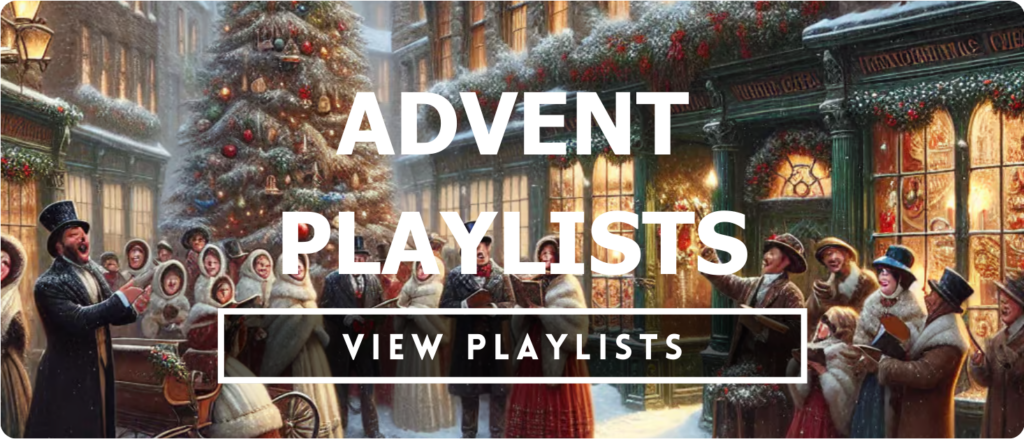


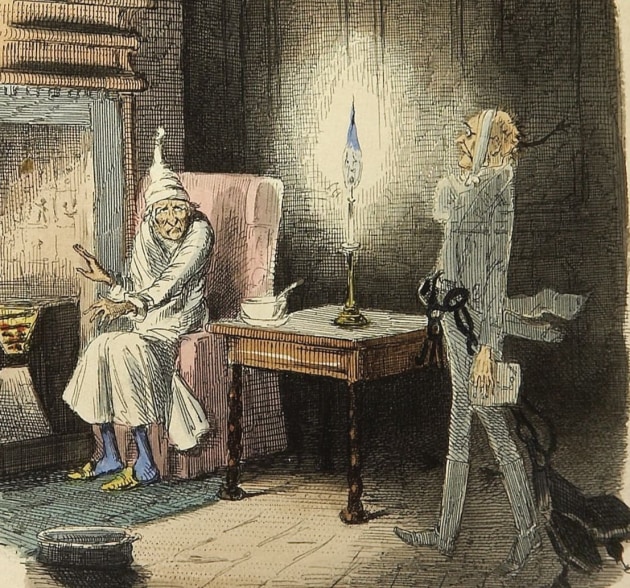
Marley . . . a prophetic message
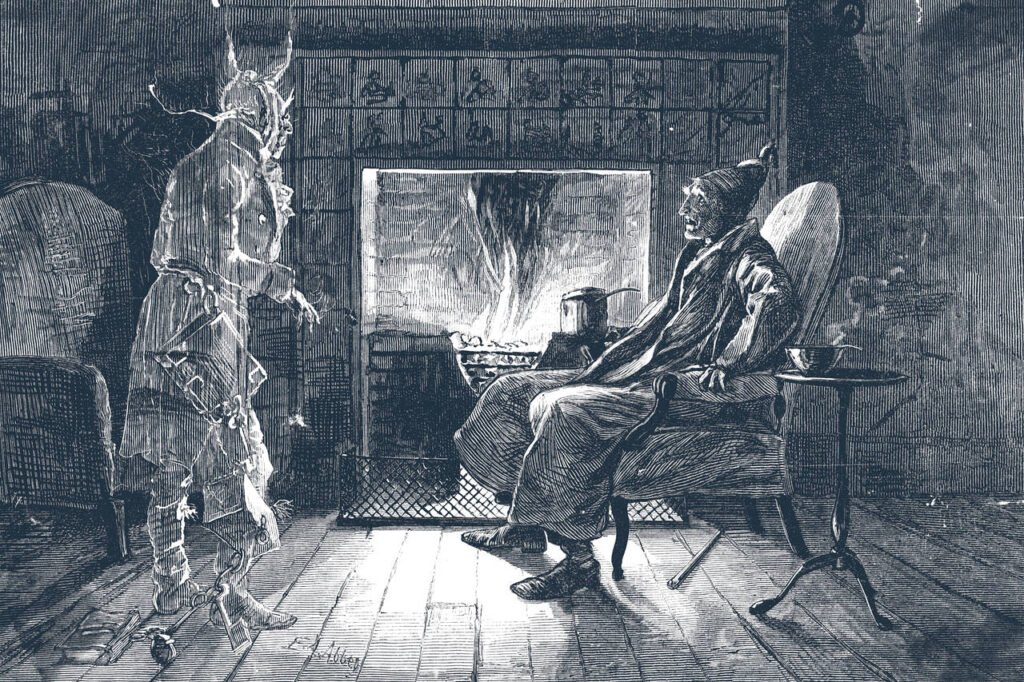
“I am here to-night to warn you, that you have yet a chance and hope of escaping …”
(Marley, A Christmas Carol)
“For I know the plans that I have for you,” declares the Lord, “plans for prosperity and not for disaster, to give you a future and a hope. Then you will call upon Me and come and pray to Me, and I will listen to you. And you will seek Me and find Me when you search for Me with all your heart.”
(Jeremiah 29.11-13)
Advent Day 1: Prophecy
In Charles Dickens’, A Christmas Carol, the protagonist is visited by the ghost of his dead business partner, Jacob Marley. Marley calls Scrooge to repent of his heartlessness, materialism and cupidity, and to practice “charity, mercy, forbearance, and benevolence.” Marley hopes that Scrooge may see the error of his ways, repent, and live his life much differently.
The Old Testament is replete with examples of God’s prophets calling God’s people to repentance and to turn back to the God who had rescued them from Egypt and brought them into the Promised Land.
In both A Christmas Carol and in the Old Testament we see the prophets warning of horrifying things to come in an attempt to get the attention of the wayward . . . Scrooge and the people of Israel. For Scrooge it would be additional, terrifying apparitions bringing their own messages reminding Scrooge of his brokenness and the emptiness of his own attempts to bring meaning to his own life. His own future death and destruction is forewarned.
So, too, the Old Testament prophets reminisced of Israel’s past . . . God’s graciousness and mercy towards them, and their faithlessness towards Him. They demonstrated Israel’s own brokenness and their certain, future destruction . . . unless . . . they heed God’s call to return to Him and exchange their fealty to their false gods for faithfulness to the One true God.
The prophets warned the people of Israel not to count on their own righteousness for salvation, but rather seek God’s righteousness (Jeremiah 23.6). Isaiah foretold of One who would come, a virgin-born Suffering Servant, and bring God’s Kingdom and Peace to all the world (Isaiah 7, 9, 50, 53, et al). The message of this coming Hope was a light pointing forward to the coming of Jesus, the Messiah.
The prophetic impulse of A Christmas Carol is demonstrated throughout the novella, and ultimately, Scrooge embraces the message of hope and peace that comes from living a life of generosity, kindness, and love.
Do you feel God’s Spirit speaking to you? Challenging you? Does the prophetic visit of Marley, Isaiah, etc. get your attention? Don’t mistake this for “an undigested bit of beef, a blot of mustard, a crumb of cheese, a fragment of an underdone potato…” (Don’t mistake the work of God’s Spirit for a bad case of indigestion.) Listen to His message. Yield to His message that he wants to speak to you today and throughout this Advent season.
Week One of Advent is celebrated by lighting the candle of Hope. It’s also called the Prophets candle. The prophets proclaimed the coming of the Messiah and called the people to prepare their hearts for his coming. Isaiah 40.3 says, “A voice of one calling: ‘In the wilderness prepare the way for the Lord; make straight in the desert a highway for our God.’”
Prepare your heart for the message of Hope, Peace, Joy, and Love that comes with the advent of Jesus. Take joy that He has come! Have Hope and Peace that He is coming again! Prepare your heart to truly celebrate this season of Christ-mas!
Prayer
Almighty God, open my ears to hear from you today. Open my eyes to my own shortcomings . . . those parts of my life that are ill-prepared to hear from you; those parts that are hardened to the moving of Your Spirit. May I not put off Your Spirit as something inconsequential. May I have a Scrooge-Marley experience. A moment that is so clarifying in my life that I know I have encountered a Holy God who calls me to Him. Amen.

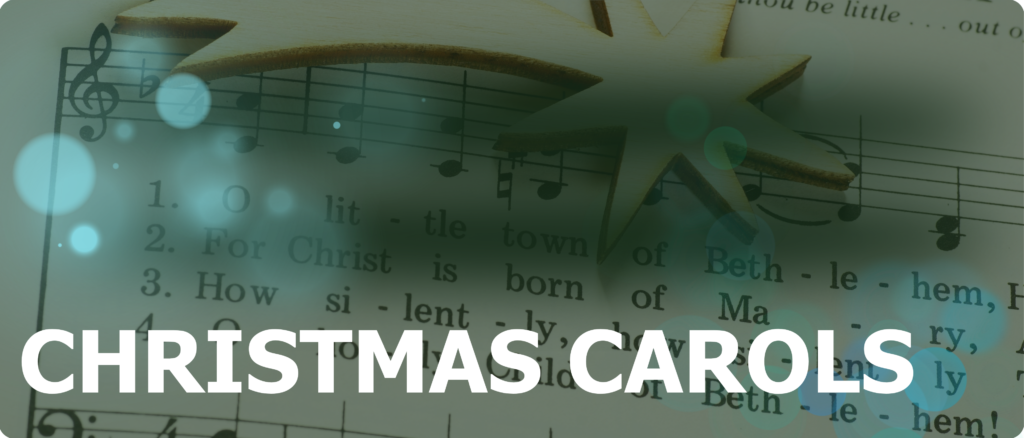
O Come, O Come Immanuel
Latin Hymn, 12th century
Translated by John M. Neale (1818-1866)
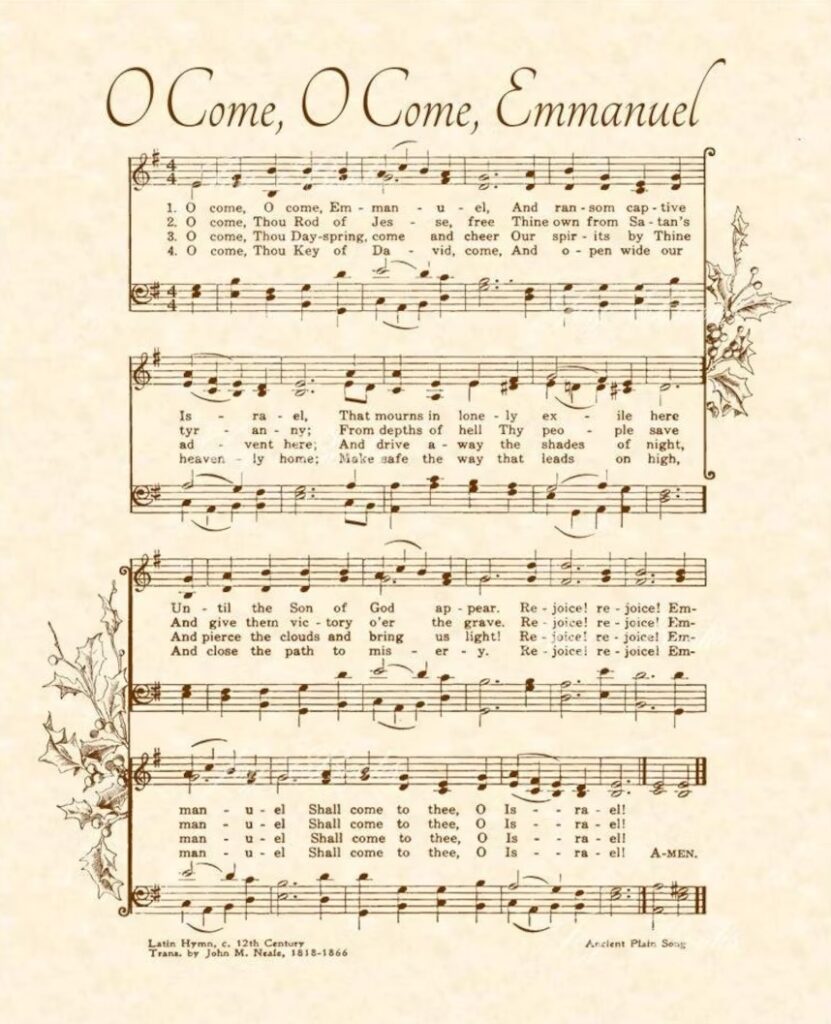

O Come, O Come Immanuel
Latin Hymn, 12th century
Translated by John M. Neale (1818-1866)


Playlist Daily Highlight
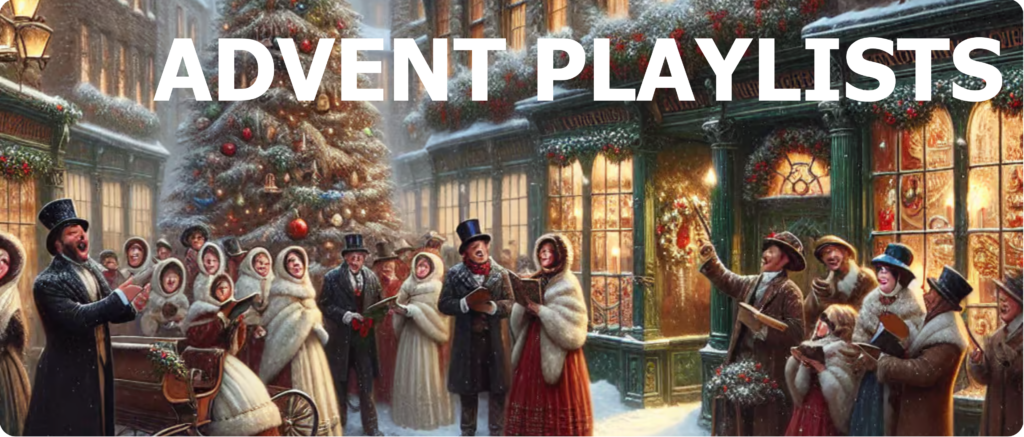
We’ve provided multiple versions of this classic Christmas carol. Listen to your favorite style, but also try something new!
See if you find a new appreciation for this song or a different version than what you’re used to.
Take the time to listen . . . really listen to the words of this song and reflect on them. Let God speak to you in this moment.


